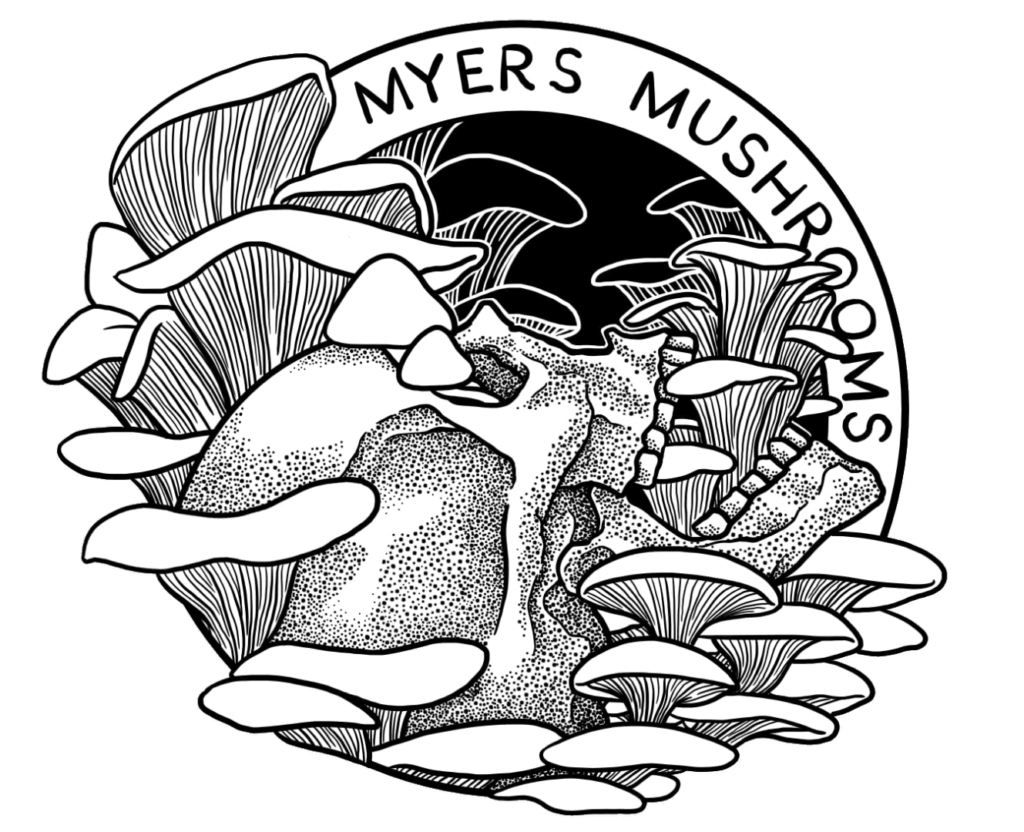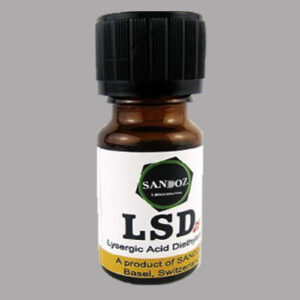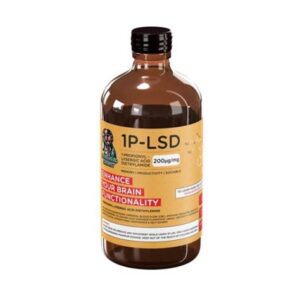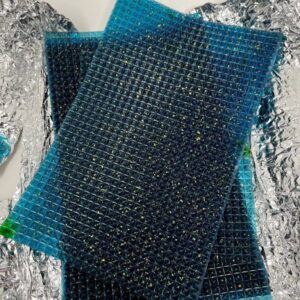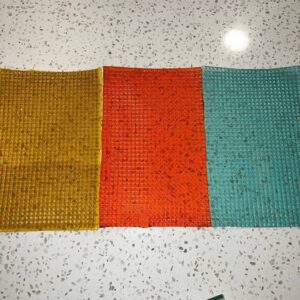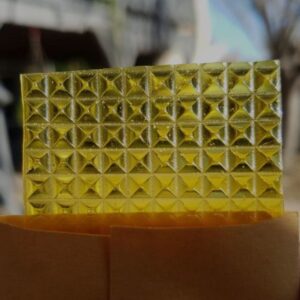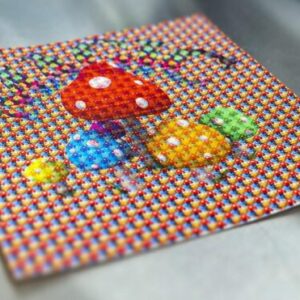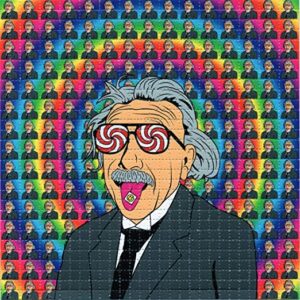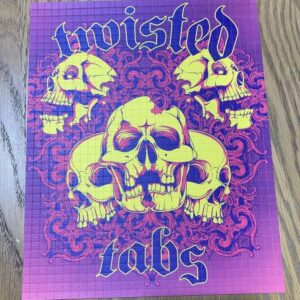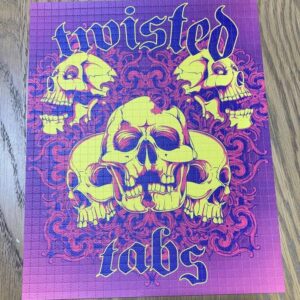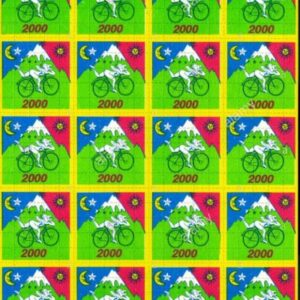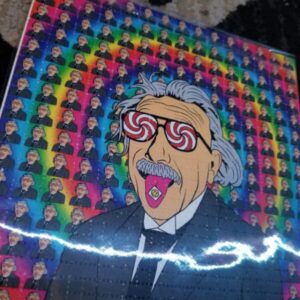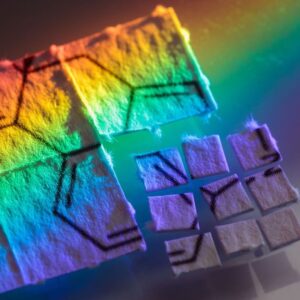At Myer’s mushrooms we bring you the best experience, quality and quantities when it comes to lsd products and good prices as well as our good customer service.
WHAT IS LSD
Lysergic acid diethylamide, commonly known as LSD (from German Lysergsäure-diethylamid), and known colloquially as acid or lucy is a potent psychedelic drug. Effects typically include intensified thoughts, emotions, and sensory perception. At sufficiently high dosages LSD manifests primarily mental, visual, and auditory hallucinations. Dilated pupils, increased blood pressure, and increased body temperature are typical. Effects typically begin within half an hour and can last for up to 20 hours (although on average, experiences last 8–12 hours). LSD is also capable of causing mystical experiences and ego dissolution. It is used mainly as a recreational drug or for spiritual reasons. LSD is both the prototypical psychedelic and one of the “classical” psychedelics, being the psychedelic with the greatest scientific and cultural significance. LSD is synthesized as a solid compound, typically in the form of a powder or a crystalline material. This solid LSD is then dissolved in a liquid solvent, such as ethanol or distilled water, to create a solution. The liquid serves as a carrier for the LSD, allowing for accurate dosage and administration onto small pieces of blotter paper called tabs. LSD is typically either swallowed or held under the tongue. In pure form, LSD is clear or white in color, has no smell, and is crystalline.It breaks down with exposure to ultraviolet light.
LSD is pharmacologically considered to be non-addictive with a low potential for abuse. Adverse psychological reactions are possible, such as anxiety, paranoia, and delusions. In rare cases, LSD can induce “flashbacks”, known as hallucinogen persisting perception disorder, in which a person experiences apparent lasting or persistent visual hallucinations or perceptual distortions, such as visual snow and palinopsia.
LSD is structurally related to substituted tryptamines, a class of compounds that includes psilocybin, the active compound found in psychedelic mushrooms. Thus, LSD shares some mechanisms of action and psychedelic effects with psilocybin and other tryptamines.
The effects of LSD are thought to stem primarily from it being an agonist at the 5-HT2A serotonin receptor. While exactly how LSD exerts its effects by agonism at this receptor is not fully understood, corresponding increased glutamatergic neurotransmission and reduced default mode network activity are thought to be key mechanisms of action. LSD also binds to dopamine D1 and D2 receptors, which is thought to contribute to reports of LSD being more stimulating than compounds such as psilocybin.
LSD was first synthesized by Swiss chemist Albert Hofmann in 1938 from lysergic acid, a chemical derived from the hydrolysis of ergotamine, an alkaloid found in ergot, a fungus that infects grain LSD was the 25th of various lysergamides Hofmann synthesized from lysergic acid while trying to develop a new analeptic, hence the alternate name LSD-25. Hofmann discovered its effects in humans in 1943, after unintentionally ingesting an unknown amount, possibly absorbing it through his skin. LSD was subject to exceptional interest within the field of psychiatry in the 1950s and early 1960s, with Sandoz distributing LSD to researchers under the trademark name Delysid in an attempt to find a marketable use for it.
LSD-assisted psychotherapy was used in the 1950s and early 1960s by psychiatrists such as Humphry Osmond, who pioneered the application of LSD to the treatment of alcoholism, with promising results. Osmond coined the term “psychedelic” (lit. mind manifesting) as a term for LSD and related hallucinogens, superseding the previously held “psychotomimetic” model in which LSD was believed to mimic schizophrenia. In contrast to schizophrenia, LSD can induce transcendent experiences, or mental states that transcend the experience of everyday consciousness, with lasting psychological benefit. During this time, the Central Intelligence Agency (CIA) began using LSD in the research project Project MKUltra, which used psychoactive substances to aid interrogation. The CIA administered LSD to unwitting test subjects in order to observe how they would react, the most well-known example of this being Operation Midnight Climax. LSD was one of several psychoactive substances evaluated by the U.S. Army Chemical Corps as possible non-lethal incapacitants in the Edgewood Arsenal human experiments.
In the 1960s, LSD and other psychedelics were adopted by, and became synonymous with, the counterculture movement due to their perceived ability to expand consciousness. This resulted in LSD being viewed as a cultural threat to American values and the Vietnam war effort, and it was designated as a Schedule I (illegal for medical as well as recreational use) substance in 1968. It was listed as a Schedule 1 controlled substance by the United Nations in 1971 and currently has no approved medical uses. As of 2017, about 10% of people in the United States have used LSD at some point in their lives, while 0.7% have used it in the last year. It was most popular in the 1960s to 1980s. The use of LSD among US adults increased 56.4% from 2015 to 2018.
